Having an acute eye for the hidden gems hidden beneath the surface of any device can often unlock its full potential; the iPhone’s hidden features are no exception.
There are plenty of hidden gems in your iPhone just waiting to be found, from generation-specific capabilities that make the most of the technology in any given iPhone to iMessage features to liven up any discussion.
One feature that all iPhone models share is a set of volume buttons. Since the original iPhone, the device has had two distinct volume buttons, in contrast to a number of Android phones that only have one.
There’s more to the two buttons on the left side of the iPhone than just volume control.
In addition to a few helpful tasks that can be accessible with the help of the buttons, the buttons on the phone can also be used for non-volume actions, much like they do in so many other areas.
The iPhone’s volume buttons offer a range of interactions that go far beyond their seemingly straightforward purpose, whether you’re a photography enthusiast seeking tactile finesse, a safety-conscious person needing quick access to emergency services, or someone who longs to have a physical snooze button again.

Emergency services
The iPhone’s SOS function enables users to quickly contact assistance in an emergency when seconds matter.
The device may check the owner of the phone’s Medical ID or initiate an SOS emergency call by merely holding down the side button and either volume button.
This understated but effective gesture guarantees that help is always close by, especially under stressful circumstances.
It is also possible to activate the SOS function by rapidly pressing the side button five times in a row, however this requires that the feature be activated in the settings.
For situations where cell service is poor, the iPhone 14 Pro line adds satellite SOS capabilities to the iPhone’s already robust SOS capabilities.
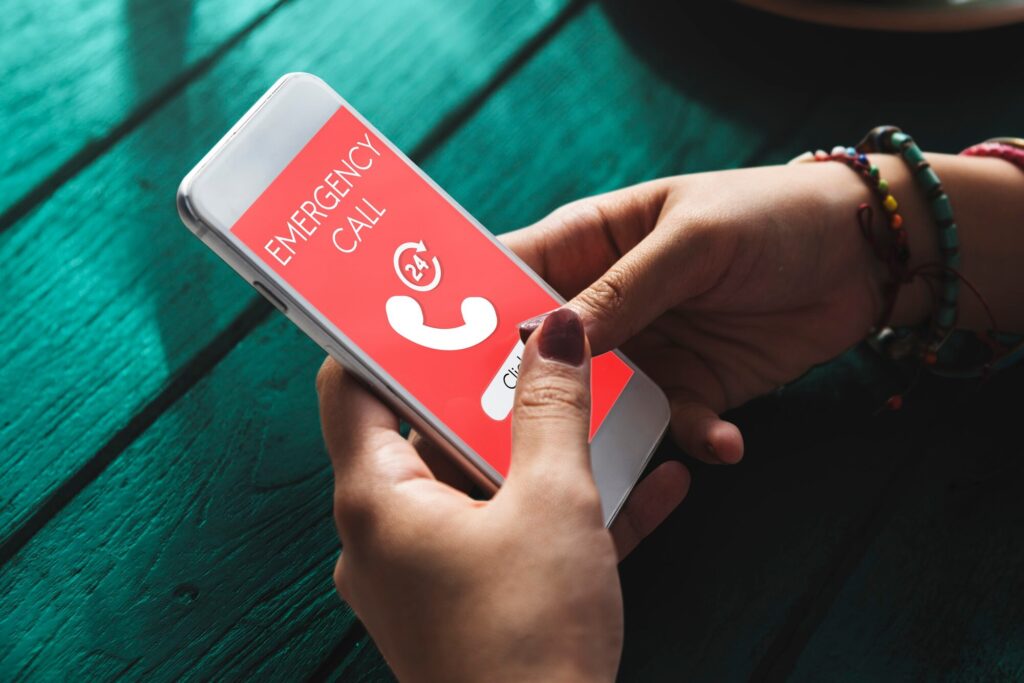
Your phone uses the details in the Medical ID area of the Health app to notify your authorized emergency contacts of your location and circumstances when you make an SOS call.
Regarding Medical ID, users’ vital medical data, emergency contacts, allergies, and other details can be stored in this feature.
Anyone can access this information in case of an emergency. For the advantage of first responders, the Medical ID is still accessible even if your phone is locked.
Power off and more
One more crucial feature of the iPhone may be accessible by holding down the side and volume down buttons for a brief period of time, in addition to emergency services.
The power-off slider is located on the menu that also provides access to Medical ID and the emergency call slider. By using the designated slider, you can turn off the iPhone.
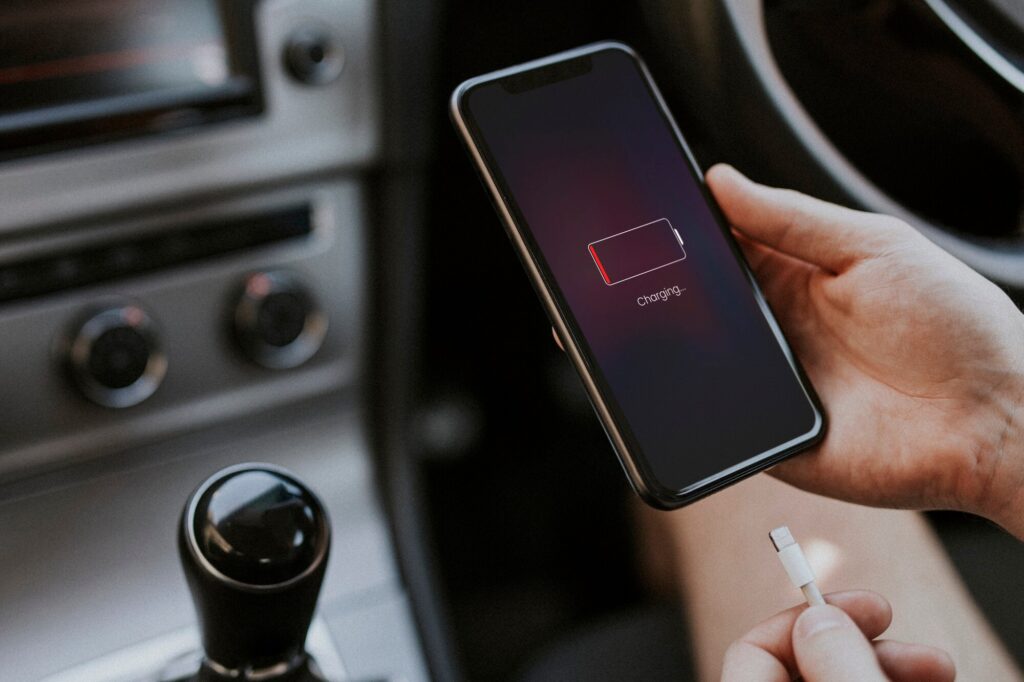
Additionally, users can utilize this screen to turn off their phone’s Find My feature while it’s in sleep mode. The power-off slider has a popup to disable Find My immediately below it.
When the setting is turned off in the power off menu, the device can no longer be located using Find My till it is restarted and the passcode is entered again.
By giving consumers control over their location data even while their phone is off, this control layer enhances device security in a significant way.
But this feature is more complex than it first appears. There is a security aspect to using the volume buttons to access the power-off menu. The Face ID and Touch ID features are momentarily deactivated when the power off slider appears.
This keeps someone else from being able to forcibly access the device while it is locked and makes sure the device cannot be turned off.
Camera controls
Modern smartphones are known for their ability to capture moments quickly and easily, and the iPhone leads the competition in flagship device camera performance.
Using volume buttons is one of the more well-known functions of camera apps on smartphones.
The main function of the volume buttons on the iPhone is to take pictures, while some Android devices allow users to zoom in.
Users may take immediate photos by pressing the volume up or down button, saving them from having to fiddle with the on-screen shutter button.
This simple feature provides a comfortable, tactile experience that some users may find more palatable by simulating the feel of a conventional camera.
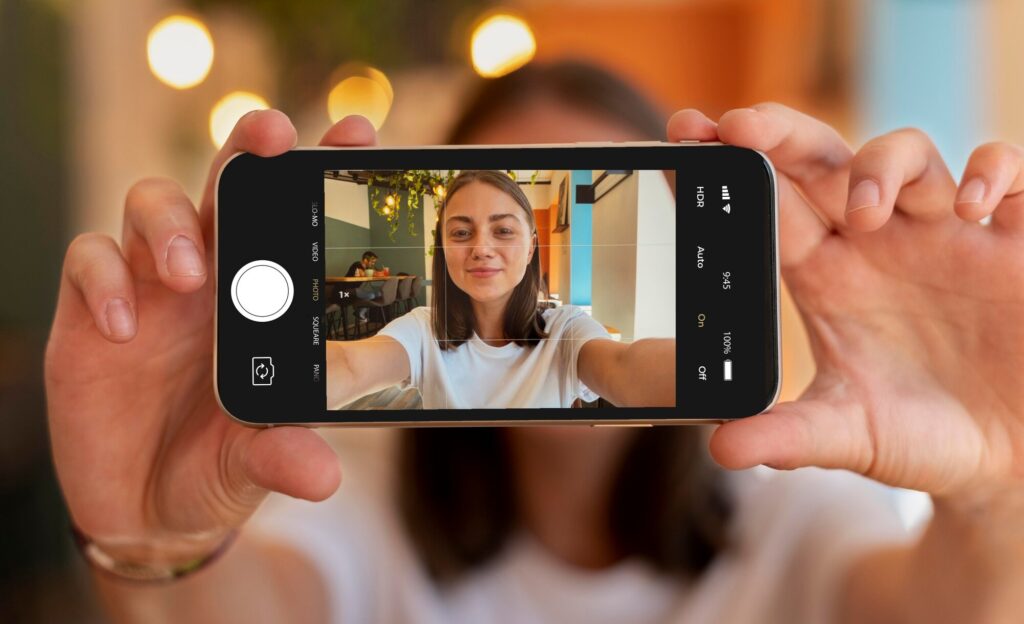
Furthermore, this feature goes beyond simply taking pictures. You may also use the volume buttons in the camera app to begin shooting a video.
This function is especially helpful for recording video material because it gives users control and stability during the process, enabling them to hold onto the device steadily and shoot dynamic footage.
The volume buttons on a video recorder are useful for more than just initiating a recording. You can start a quick shot movie if the iPhone’s camera app is still configured to take pictures by holding down either volume button.
To end the recording process, users should only release the button. In the Settings app, you can also set the volume up button to “Photo Burst” by holding it down.
The photo functionality of the volume buttons extends beyond the Camera app to the Notes app’s document scanning feature.
Users do not need to wait for the iPhone to correctly frame a document while scanning it into the device. Alternatively, you can use either volume button to take a picture of whatever’s visible in the scanner’s viewfinder.
Those scans can be trimmed to seem just as precise as what the iPhone can do automatically, given enough time and effort.
Alarm controls
Turning off the alarm in the morning can be a startling habit. When attempting to snooze their clock in the morning, Apple has granted customers the ability to travel back in time to a more straightforward era.
When the alarm goes off, you can quickly silence it by pressing the volume up or volume down button, saving you the trouble of searching for the on-screen button and giving you a few quiet moments to yourself as you get ready for the day. Using the volume buttons in this way also applies to silent, vibrating alarms.
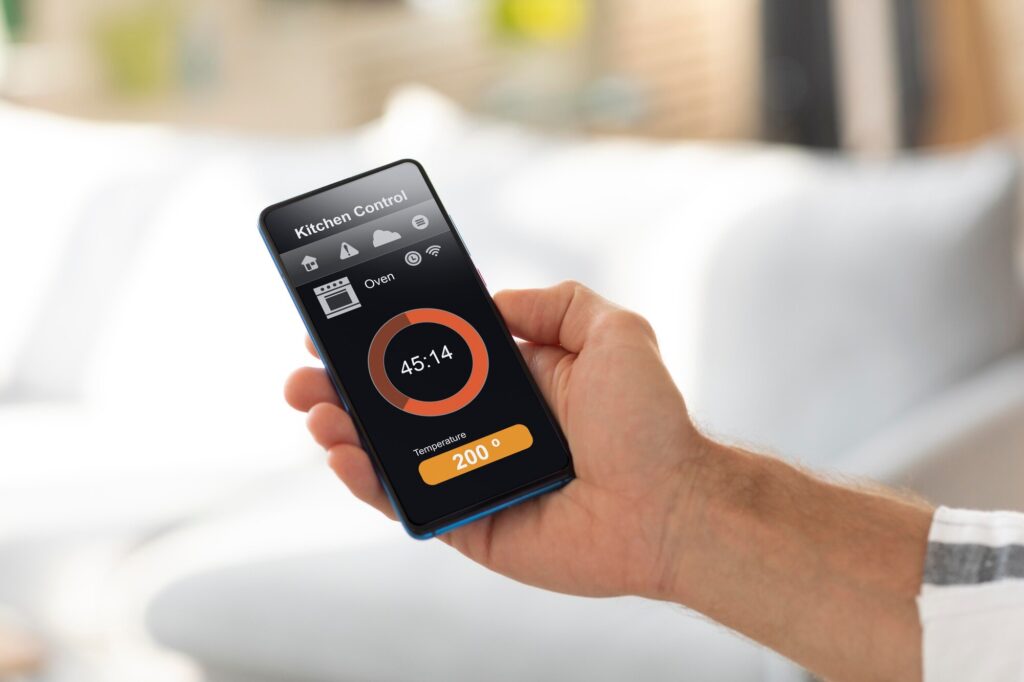
Sometimes it’s easier to snooze using the volume buttons than it is to reach for the snooze or smaller dismiss button first thing in the morning.
The volume buttons scratch a similar itch to the snooze button, but they’re also easier to reach in the morning fog.
It’s not quite the same feeling as slapping the massive snooze button of a similarly huge alarm clock radio combo.
When utilizing the volume buttons to snooze an alarm, keep in mind that you need first make sure that snoozing is enabled.
The volume buttons will just reject any alarm that doesn’t have the snooze setting enabled. The subsequent scheduled time is when the alarm is set to sound again.
Silencing phone calls and Find My
Imagine this: a peaceful moment or an important meeting interrupted by a ringing phone. It’s not an extremely rare occurrence. It’s easy to occasionally forget to turn off your phone or even unintentionally turn it back on.
When you receive one of these annoying robocalls, the volume controls on your iPhone quickly become a barrier between you and anyone nearby and the ringtone you’ve chosen. The power button can be used to end or dismiss a call in significantly harsher circumstances.
A single press of either volume button muffles the ringing phone. It makes sense to utilize the volume button to end an unwanted phone call.

The volume buttons on the iPhone are also very important for controlling Find My notifications.
In a world where protecting your relationships and possessions is important, the iPhone’s use of these buttons is revolutionary.
A quick push of either volume button rapidly mutes the otherwise loud alert when something nearby broadcasts a Find My notification, informing you of the location of your other Apple device.
This makes for a more controlled notification experience.
App functionality
iPhone volume buttons can be used as tools for other app interactions, even though Apple has made every effort to prevent them from doing so.
The creative use of volume buttons in non-Apple apps—a feature that, despite its practicality, is frequently exempt from Apple’s strict regulations.
Utilizing this repurposing, several software developers have given users instant shortcuts or actions, offering a smooth and haptic substitute for conventional on-screen taps.
Using a counter app that lets users tick up or down based on whether they push the volume up or down button is one especially simple example.
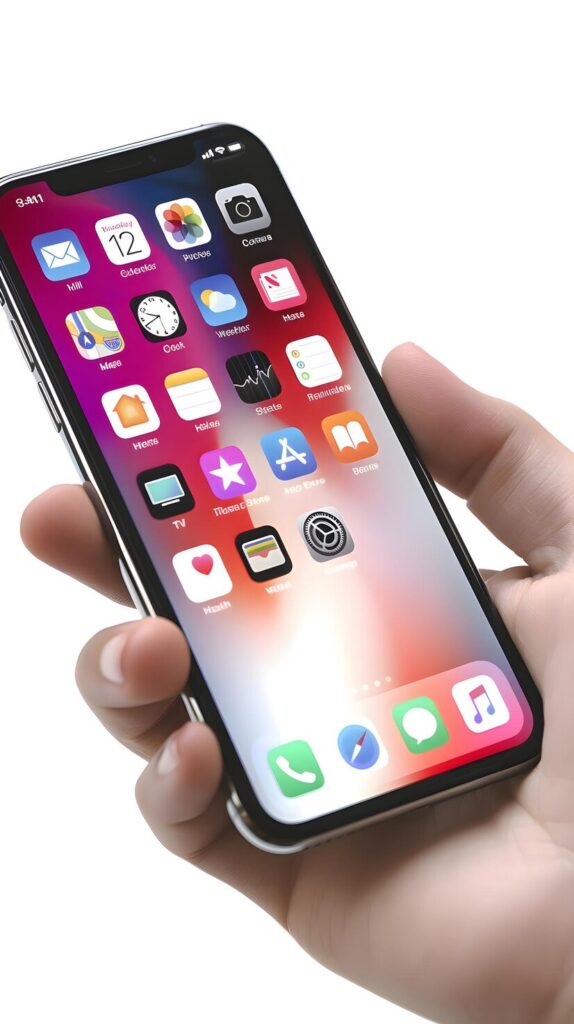
However, because of Apple’s app development restrictions, using volume buttons in non-Apple apps is a technique that should be used with caution.
These rules place a high priority on preserving a consistent user interface and avoiding hardware control abuse that could potentially confuse users or interfere with routine interactions.
Because of this, Apple typically prohibits developers from changing how hardware buttons operate within their apps.
Although several applications are able to incorporate volume button functionality in an efficient manner and in compliance with Apple’s specifications, these situations are still rather rare because of the difficulties these limitations present.
In addition to the fact that developers are unable to change how the volume buttons behave, users are not permitted to utilize the volume buttons to execute instructions created within the Shortcuts app.
That hasn’t stopped everyone, though. Although it’s technically possible to create shortcuts that utilize the volume buttons, doing so requires utilizing a complex workaround function that links an operation to the volume on your phone.
Force reboot
Everyone has tried or heard the wise advice to just turn their gadget on and off again at some point. In many situations, forcing a reset of the iPhone with the volume buttons is a fast and easy fix.
This can work as a reset in situations where the device becomes unresponsive, slow, or experiencing software issues, assisting in getting it back to a better state.
By simultaneously pressing and holding the side button, the volume up and down buttons, and the volume down button, users can force a restart.
The shut-down menu may be accessed by using the volume buttons here, but if you hold down the side button, the iPhone will finally turn off without requiring you to use the slider.
Users still need to press and hold the side button down until they see the Apple logo on the screen after turning off their phone.
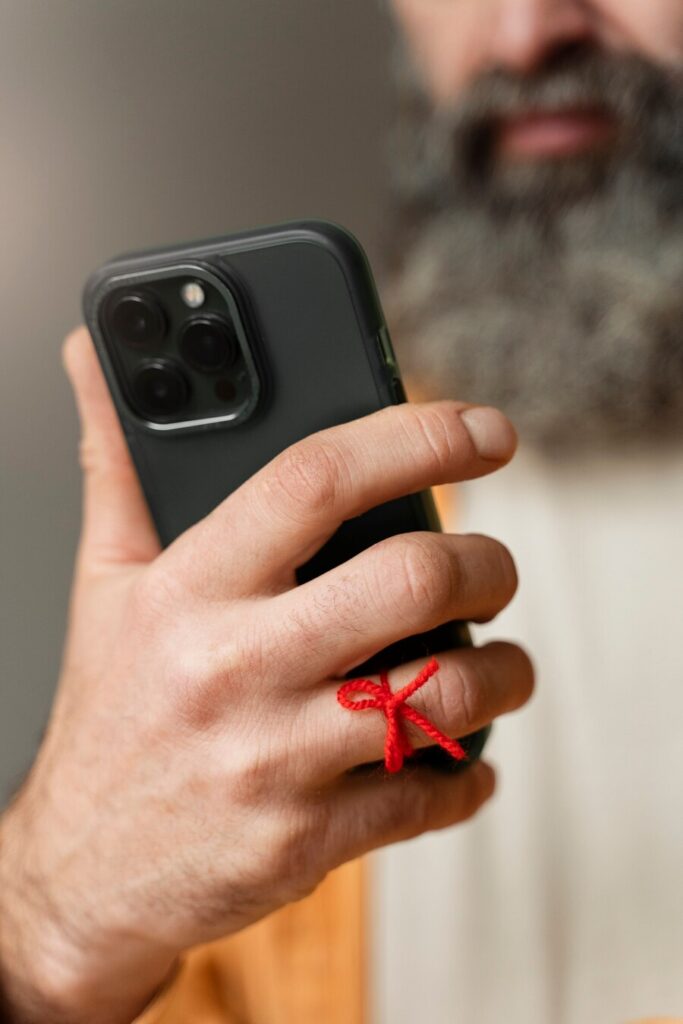
It is crucial to periodically force a reboot; this cannot be stressed.
Similar to how the brain requires sleep to regenerate, smartphones also need brief resets to ensure optimal performance, clean memory caches, and fix minor software incompatibilities. Additionally, a force restart can rescue you from an iPhone that is acting unresponsively or from a faulty app that simply won’t close.



